7 surprising reasons why Ehime’s Ozu is a must-visit town
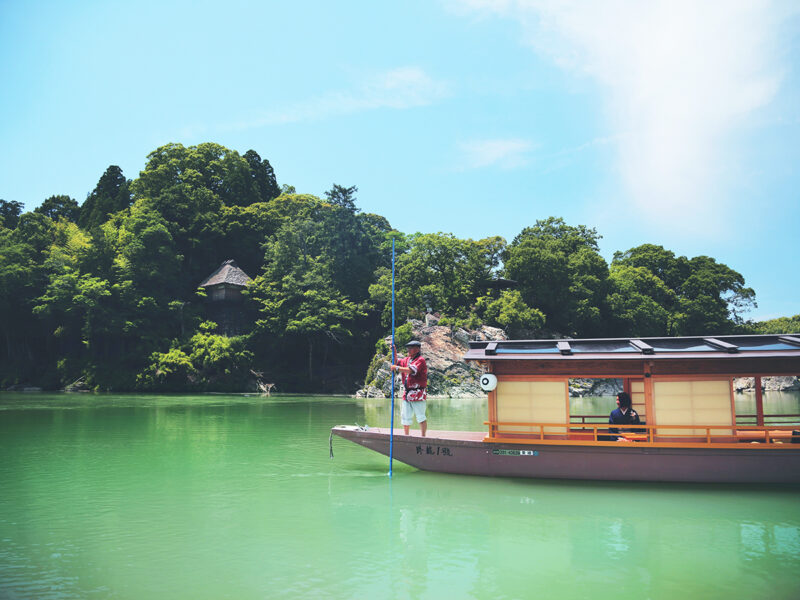
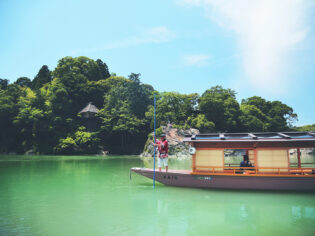
Explore Japan's peaceful seaside haven, offering stunning views and rich history.
| THIS ARTICLE WAS CREATED IN PARTNERSHIP WITH Visit Ehime Japan |
You may have eaten ramen in Tokyo, skied powder in Niseko, and admired the cherry blossoms in Kyoto, but Japan’s wonders continue to unfold far beyond its most famous tourist destinations.
Just off the beaten path on the western side of Shikoku – the smallest of the country’s four major islands, easily accessible via domestic flight or ferry – you’ll find Ehime, a quiet seaside prefecture known for its stunning coastal beauty and rich cultural history. Ehime boasts world-famous cycling and hiking and is dotted with charming and uncrowded historic towns.
And in Ehime is Ozu, an old-world castle town on the scenic Hijikawa River. Ozu has recently undergone a thoughtful and acclaimed historic preservation to revitalise the traditional architecture of its town centre for a new generation of visitors.
Ozu has all the charm of Kyoto but far fewer tourists, allowing guests to interact with locals and experience the Japanese way of life up close. It offers deeply immersive experiences with Japanese culture and history that are much harder to find in better-known regions.
Here’s why you should make ‘Little Kyoto’, as Ozu is often called, your next destination in Japan.
1. Live like Japanese royalty at Ozu Castle
Offering a once-in-a-lifetime experience for the most discerning travellers, Ozu Castle is a portal to another time (specifically the Edo period, 1603–1867). Book an overnight stay and you’ll become lord of a feudal wooden castle for the night; you’ll be welcomed to your hillside retreat by samurai, entertained with traditional arts and served a multi-course meal in the castle turrets.
The stunning castle was destroyed by earthquakes and fire as the once-booming local silk and wax trade waned, and it was torn down in the late 19th century. A century later, it was faithfully rebuilt. Finally finished in 2004, it’s now as majestic as it is peaceful, with buildings that recapture the atmosphere of 17th-century Japan and grounds that explode with cherry blossoms in the spring.
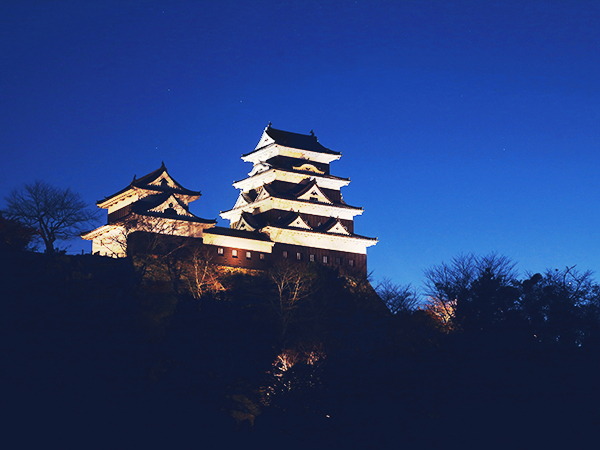
Experience the Edo period at Ozu Castle.
2. Stay at the unique Nipponia Hotel
Ozu Castle’s restoration led to a larger effort, beginning in 2017, to preserve Ozu’s rich architectural history; the project has put the town on the map as one of Japan’s rising cultural destinations. One example of this is Nipponia Hotel, a collection of renovated mansions and merchant houses scattered amid the town’s narrow, old-world streets. Stay in one to fully immerse yourself in the bustling life of a successful 17th-century Japanese tradesman, with private cypress baths, the best Japanese sake and French/Japanese fusion cuisine prepared from local ingredients and served on Tobe ware, a pottery style created by local artisans.
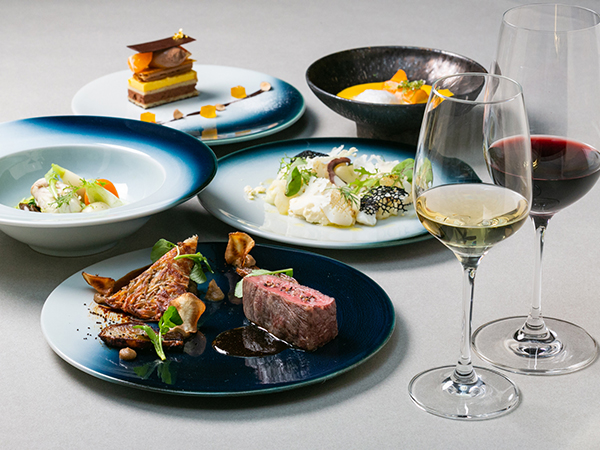
Savour French-Japanese fusion dishes on handmade pottery.
3. Visit Garyu Sanso villa
Perched on cliffs overlooking the river, the serene Garyu Sanso villa is an architectural masterpiece built in the early 20th century for a merchant who made his fortune in the wax trade. Requiring thousands of artisans 10 years to design and four more years to complete, its rustically elegant buildings pay homage to the famous imperial villas of Kyoto. With tranquil moss-covered grounds and a bamboo-ceilinged tea house built into the cliffside, the villa epitomises the Japanese concept of wabi-sabi (wisdom and beauty in simplicity).
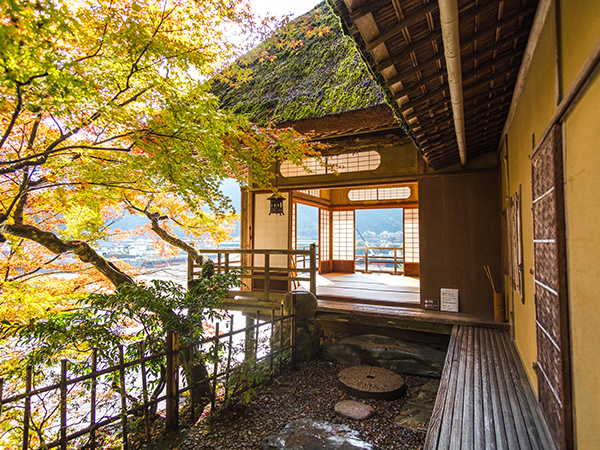
Embrace the calm of the river from the serene Garyu Sanso villa.
4. Take a walking tour of Ozu
Feel Ozu walking tours, led by English-speaking guides, will lead you on a journey down well-preserved alleys into the rich history of the Edo period. If you prefer to see the natural landscape, book one of Feel Ozu’s nature tours to explore the many beautiful and spiritual spots along the river.

Discover more of Ozu’s beauty as you stroll around.
5. Check out authentic local cuisine in historic buildings
The innovative public-private partnership that came together to promote sustainable tourism and preserve the town’s traditional structures has attracted international awards and acclaim, including Green Destination awards in 2023 and 2024. And the town’s renovated buildings are now finding new life not only as accommodation options, but also restaurants, shops and cafes.
Ozu’s revitalisation has attracted a new generation of residents who are starting businesses in its sustainably renovated historic buildings. Located in a stunning former ryokan with views of Ozu Castle, Aburaya sources all its ingredients from within the Ehime prefecture, including local meats, fish and vegetables, and roasts them on a grill, robatayaki-style. Or duck into Shimada Yakkan Cafe Manimani, a renovated old-world pharmacy, for specialty coffee and small plates. Garyu Brewing serves local ales in a former silk cocoon storehouse.
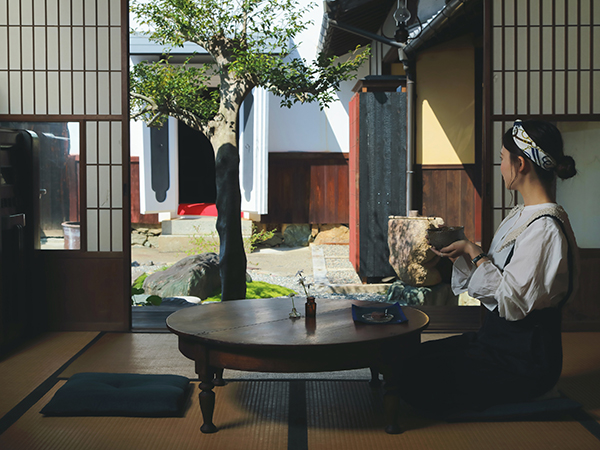
Sip tea like a local in charming historic buildings.
6. Canoe or paddle the river
The Hijikawa River is central to Ozu’s charm. Experience it up close by taking a cruise on a traditional wooden houseboat. Ozu Castle Town Boat Tours depart five times daily during the sunny months, offering relaxing cruises on the pristine river, which flows into Seto Island Sea. If you’re more adventurous, hire a canoe or stand-up paddleboard.
On summer evenings, you won’t want to miss the cormorant fishing demonstrations, where cormorant masters bring to life the 1300-year-old tradition of sending trained birds to catch trout in the river.
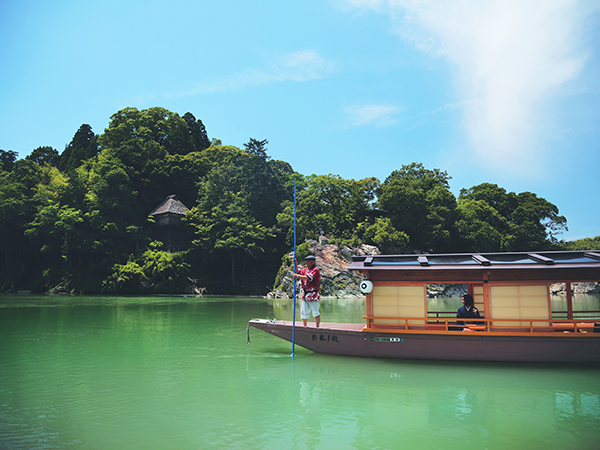
Unwind with a peaceful afternoon cruise on a traditional wooden houseboat.
7. Learn about traditional crafts
Ozu’s economy was once powered by traditional crafts such as washi paper and Japanese sumac wax. These days, local craftsmen preserve these techniques and share them with visitors. Washi paper, made from bark soaked in river water, is famous for its uncanny strength and quality, and is sold in Tokyo and beyond in the form of stationery and crafts.
Head to Ozu Akarengakan (Ozu Redbrick Building), a grand old refurbished bank built in the Western style in 1901, to browse a curated selection of crafts by local artisans.
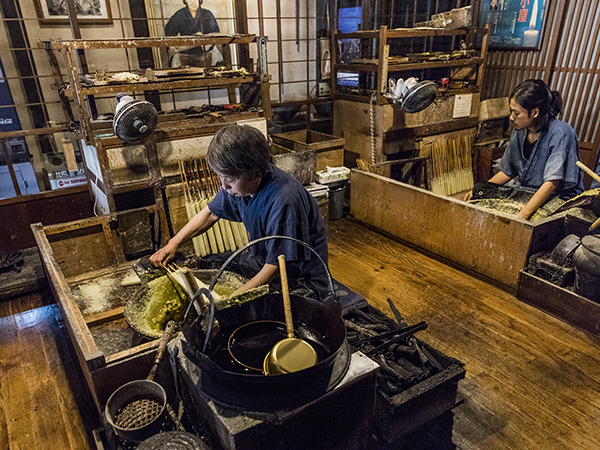
See the artistry of washi paper and Japanese sumac wax up close.

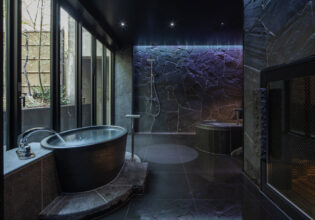
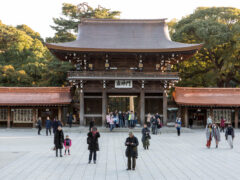
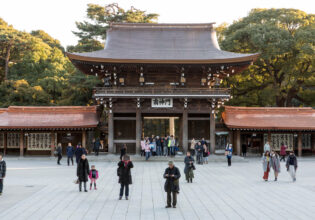
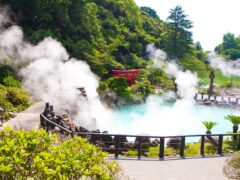


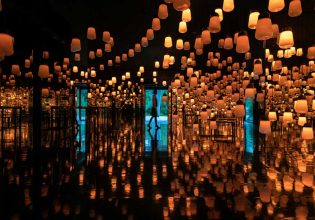
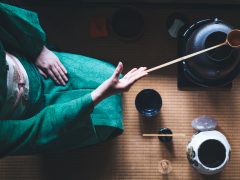


LEAVE YOUR COMMENT